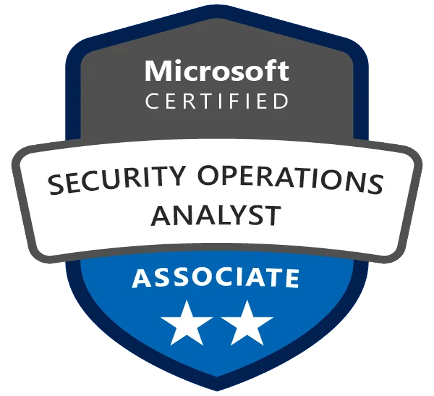The Price of Privacy: Understanding Data Leaks on the Darknet
- Rakshit Sethi
- Oct 25, 2024
- 3 min read

In an increasingly digital world, the concept of privacy has become a double-edged sword. Recent trends in data breaches underscore this reality, as sensitive information is increasingly finding its way to the darknet, where it is traded like currency. The darknet serves as a hidden marketplace for stolen data, raising critical questions about the safety of our personal information and the repercussions of data leaks.
In 2023 alone, high-profile breaches have made headlines, affecting companies across various sectors. For instance, the cyberattack on a major healthcare provider exposed millions of patient records, including social security numbers and medical histories. Recent leaks like India's popular health insurers, Star Health insurance, faced a massive data leak past month, which may have led to the data of 31 million customers being compromised. Such incidents are no longer isolated; they reflect a disturbing trend where the volume and sophistication of attacks are escalating. Hackers exploit vulnerabilities, and once they breach a system, they often sell the stolen data on darknet forums or marketplaces, such as RaidForums and Snatch.
Just last week, reports emerged about major data breaches involving tech giants Cisco and SolarWinds. CYFIRMA’s investigation uncovered a significant data leak involving Cisco, where the notorious threat actor, “IntelBroker,” claimed responsibility for the breach. On October 14, 2024, IntelBroker posted on BreachForum, revealing that a wide range of Cisco’s sensitive information had been compromised. The stolen data includes valuable assets, such as GitHub and GitLab projects, SonarQube projects, source code, hardcoded credentials, certificates, customer SRCs, confidential Cisco documents, Jira tickets, API tokens, AWS private buckets, Docker builds, Azure storage buckets, SSL certificates, and both private and public keys. Additionally, Cisco premium products were part of the breach. This incident not only highlights the persistent vulnerabilities in even the most secure organizations but also underscores the evolving tactics employed by cybercriminals. As the stolen data begins to surface on darknet forums, concerns grow about how this information could be exploited.
SolarWinds, already familiar with scrutiny following its significant attack in 2020, is once again in the spotlight. Recent breaches have revealed that hackers exploited new vulnerabilities to access critical operational data. The fallout from this latest incident is particularly concerning given SolarWinds’ role in managing IT infrastructures for numerous high-profile clients, including government agencies. As the breach details unfold, the potential ramifications for affected organizations and their clients become increasingly alarming.
The presence of data from these breaches on the darknet serves as a chilling reminder of the ever-present risks associated with cybersecurity. Stolen credentials and sensitive information are often sold on underground marketplaces, with reports suggesting that the data from Cisco and SolarWinds could fetch high prices due to their significance. As companies grapple with the aftermath of these breaches, the need for robust cybersecurity measures and employee training has never been more urgent. The implications of these incidents extend beyond immediate financial loss, as they can lead to long-term reputational damage and increased scrutiny from regulators.
The mechanics of this underground economy are both alarming and fascinating. Data is often categorized and sold based on its value. Personal identifiable information (PII), financial records, and login credentials can fetch significant prices, depending on their perceived usefulness. A recent report highlighted that login credentials for popular streaming services, for example, can sell for as little as $1 on the darknet, while complete identity profiles can command prices in the hundreds.
Moreover, the use of cryptocurrency facilitates these transactions, allowing cybercriminals to operate with a degree of anonymity. This further complicates efforts by law enforcement to track and prosecute these activities. As such, the implications of these leaks extend beyond immediate financial loss; they pose long-term risks, including identity theft and reputational damage.
As we continue to navigate the digital age, understanding the dynamics of data leaks on the darknet is crucial. It reminds us that the price of privacy is not just the measures we take to protect our information but also the ongoing vigilance required to stay one step ahead of cyber threats. The conversation about data security must evolve, urging individuals and organizations alike to recognize that in the battle for privacy, awareness and proactive action are key.




Comments